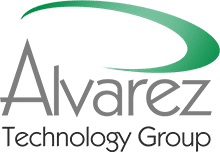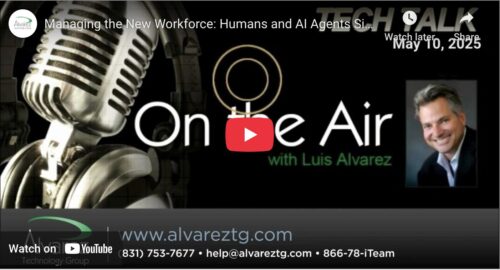The New Leadership Challenge: Managing Humans and AI Agents Side-by-Side
The workplace is evolving faster than ever. Just a few years ago, the idea of working alongside an AI agent might have sounded like science fiction. Today, it’s becoming standard practice. Businesses across industries are integrating AI-powered agents into their operations—not as simple tools, but as autonomous collaborators capable of making decisions, executing tasks, and interacting with human teammates in real time.
This shift means that managing people is no longer the only leadership responsibility for business leaders. Now, you must also learn to manage AI agents—and orchestrate a hybrid workforce where human intelligence and artificial intelligence work together seamlessly.

Why AI Agents Are Becoming Core to Business Operations
AI agents are more than just algorithms. They are specialized digital workers designed to perform specific tasks, learn from data, and operate with minimal supervision. They can:
- Automate repetitive processes such as scheduling, data entry, and report generation.
- Analyze complex data in seconds to provide actionable insights.
- Enhance customer service by handling inquiries 24/7 with consistent quality.
- Scale operations without proportionally increasing labor costs.
At Alvarez Technology Group, we’ve seen firsthand how AI agents can free up human employees to focus on higher-value work—strategic planning, creative problem-solving, or building stronger customer relationships.
The New Skills Managers Need
Managing AI agents requires a different mindset than managing humans. Here are some of the skills modern managers must develop:
- Technical Literacy – Understanding how AI agents work, their capabilities, and their limitations.
- Workflow Integration – Designing processes that leverage both human and AI strengths.
- Performance Monitoring – Establishing KPIs for AI agents just as you would for employees.
- Bias and Accuracy Oversight – Ensuring AI outputs are ethical, compliant, and correct.
- Change Management – Helping teams adapt to working alongside AI without fear or resistance.
Challenges in Managing a Hybrid Workforce
While the benefits are significant, introducing AI agents into the workplace comes with challenges:
- Employee Resistance – Some workers may feel threatened by AI adoption.
- Data Governance – AI agents require access to sensitive information, raising security concerns.
- Ethical Considerations – AI decisions must align with company values and regulations.
- Skill Gaps – Many managers need training to supervise AI systems effectively.
At Alvarez Technology Group, we address these challenges through transparent communication, robust cybersecurity measures, and ongoing training for managers and staff.
Best Practices for Leading Humans and AI Together
To maximize the potential of a hybrid workforce:
- Start with pilot programs – Test AI agents in specific areas before scaling.
- Train your people – Provide education on how AI works and how to collaborate with it.
- Keep humans in the loop – Use AI to support, not replace, human decision-making.
- Review AI performance regularly – Continuously improve models and workflows.
- Promote a culture of collaboration – Position AI as a teammate, not a competitor.
The Future Is Hybrid
By 2030, most organizations will operate with a blend of human employees and AI agents. Managers who can balance both strengths will drive greater efficiency, innovation, and customer satisfaction.
At Alvarez Technology Group, we believe the future of work is not about humans versus machines—it’s about humans and machines working together. The companies that embrace this partnership today will lead their industries tomorrow.
Ready to explore how AI agents can enhance your business operations?
Contact Alvarez Technology Group today to learn how we can help you integrate AI into your workflows securely and effectively.





